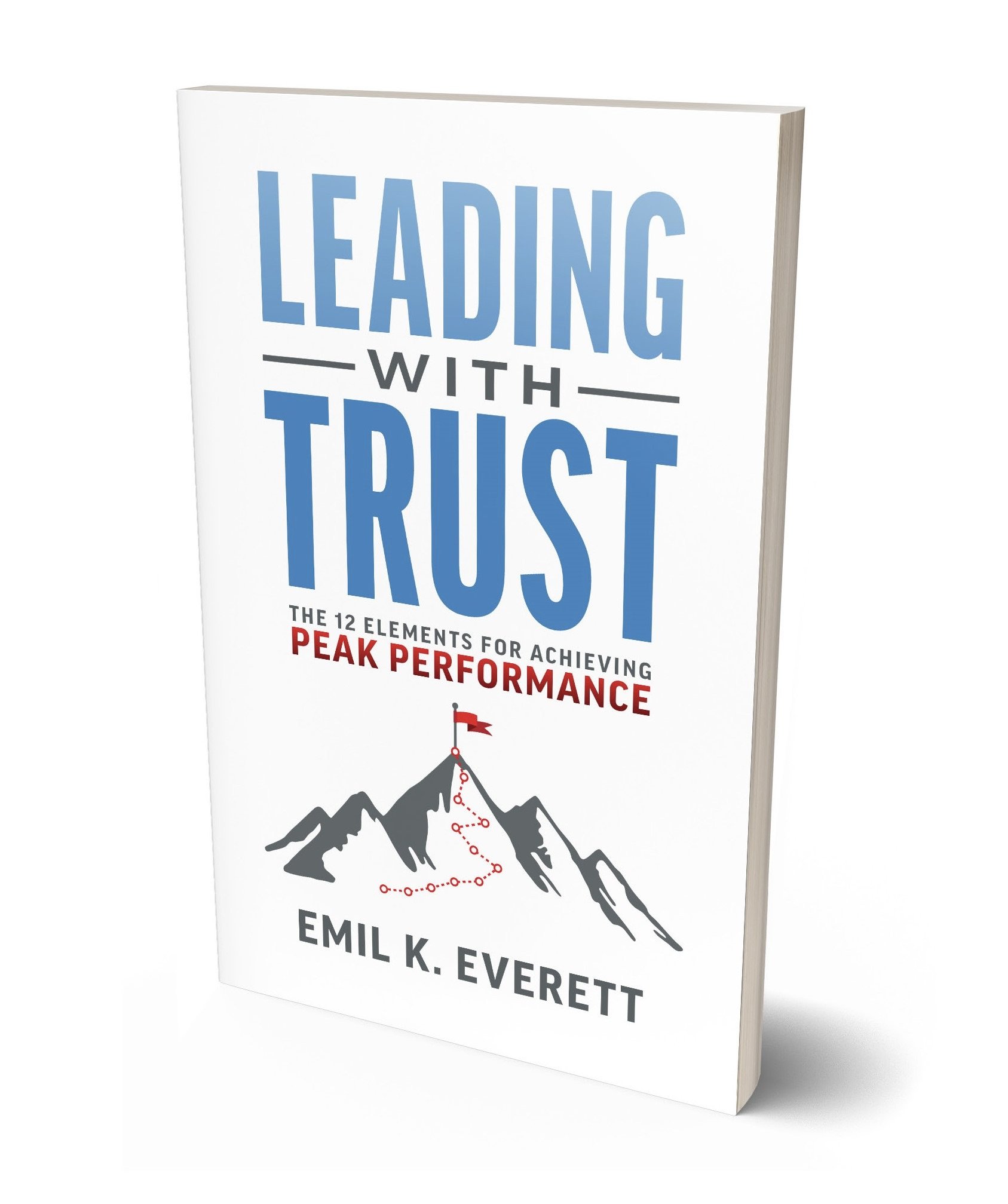Choosing the Right Method for Effective Decisions
In the realm of leadership, decision-making stands as one of the most crucial responsibilities. The choices leaders make impact their organizations and the people they lead. The decision-making process involves several dimensions, and selecting the appropriate voting method is an integral component. Choosing the suitable voting method can significantly influence the outcome of a decision, enabling leaders to chart a course toward success, innovation, and desired results.
A Small Sample of Voting Methods
One Person: In this method, a single individual, often a leader or an expert, decides without consulting others. This approach can be efficient in emergencies and when expertise is critical. However, it risks overlooking diverse perspectives and can lead to decisions that lack broad consensus.
Example: A CEO decides to launch a new product based on market research and personal insights.
Single Vote: Each participant gets one vote, and the option with the most votes is chosen. This method is straightforward but may not reflect the majority opinion if there are more than two options.
Example: A team votes on the location for the upcoming company retreat, with options being the beach or the mountains.
Plurality: Similar to a single vote, the option with the most votes wins even if it's not a majority. This method can lead to decisions not representing the majority's preferences.
Example: In a three-way political race, a candidate wins 40% of the votes while the other two split the remaining 60%.
Simple Majority: This is a standard method where more than half the participants must agree on a decision. It’s widely used due to its simplicity and efficiency, but it might not account for the intensity of opinions.
Example: A board of directors votes on a proposal to increase the budget for a new project. The decision passed with 55% of the votes.
Super-Majority: A higher threshold than a simple majority is required to make a decision. This method is often used for significant choices to ensure a broad consensus but can lead to decision paralysis.
Example: A homeowners association decides to amend its bylaws, requiring a vote of at least 75% in favor.
Unanimous: Every participant must agree on the decision. This method ensures complete consensus but can be challenging to achieve, leading to delays or compromised solutions.
Example: A nonprofit organization's founding members must all agree on allocating funds for a charitable project.
Choosing the proper voting method can lead to effective decisions that resonate with the group's values and goals. For instance, utilizing a super-majority approach for pivotal financial choices ensures a high level of agreement, enhancing the confidence and commitment of all involved.
Conversely, using an inappropriate voting method can result in poor decisions. Opting for a single vote when deciding on a complex technical solution might not consider the insights of team members with specialized knowledge. Similarly, choosing a unanimous vote for routine matters can lead to unnecessary delays and frustration among participants.
As leaders, the responsibility of making decisions cannot be understated. However, equally important is the method by which these decisions are reached. From the simple voting methods presented above to other ways, it offers leaders a wide range of decision-making tools. Careful consideration of the situation, the importance of the decision, and the dynamics of the group are all essential factors when selecting a voting approach. The proper voting method can transform choices into impactful actions and unite teams in their shared objectives, while the wrong one can lead to divisive outcomes and missed opportunities. In the art of decision-making, the voting method is the brushstroke that paints the masterpiece of leadership.

